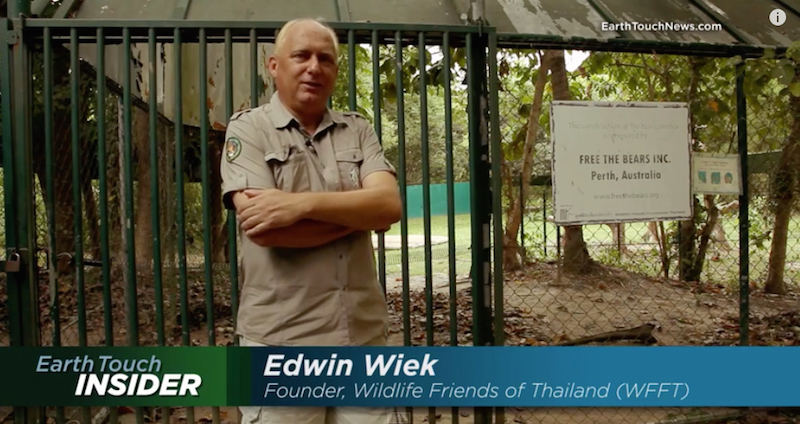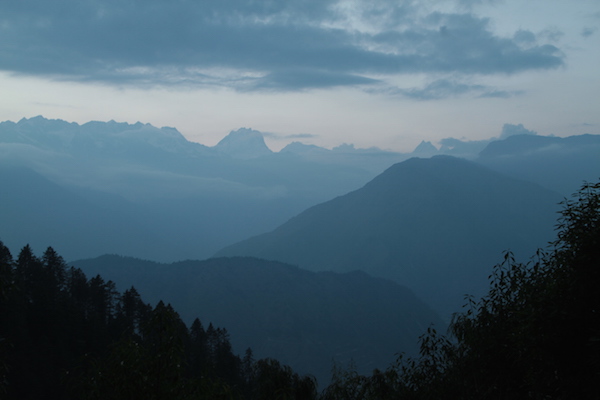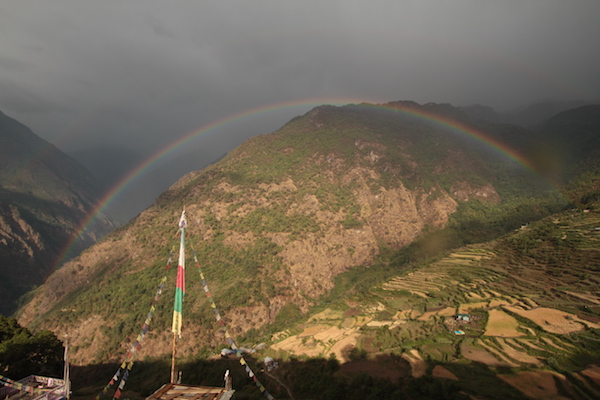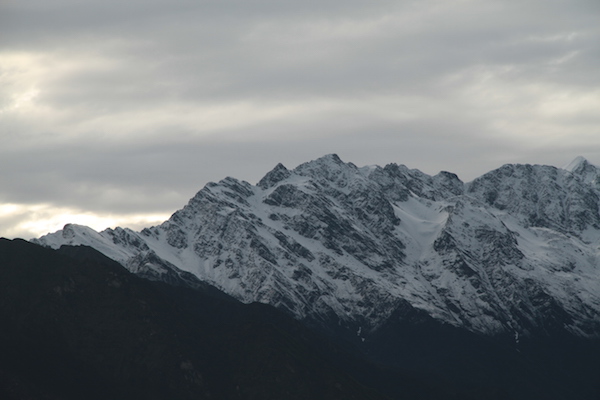Nepal
Here’s a look at some beautiful filming from Nepal last year…….
Here’s a look at some beautiful filming from Nepal last year…….
Diving Racha Noi – Earth Touch Wild Oceans. This week’s episode of Wild Oceans is from a little known island south of Phuket called Racha Noi. Special thanks to Blue World Safaris of Phuket for making the trip possible. Phuket Web Media film weekly episodes for Earth Touch series “Wild Oceans” Last month we were in the Philippines and this month sees us exploring the waters closer to home – with trips to Koh Phi Phi National Marine Reserve and the clear waters of Koh Racha Noi. Stay tuned next month as we head out to the far east of Indonesia to a new diving destination on Rote near Timor.
We take our cameras inside two Thailand sanctuaries for rescued and injured slow lorises to meet the vets and volunteers dealing firsthand with the consequences of the illegal trade in these threatened primates. They might be some of the most adorable creatures on earth, but that cuteness has put slow lorises at serious risk from the exotic pet industry.
We started this story with some secret filming in tourist destinations around Phuket and Khao Lak, catching the touts that use the Slow Loris as photo props for unsuspecting tourists. Later we travelled to Prachuap Kirikan to meet Edwin Wiek of the WFFT. Here they receive Slow Lorises that are injured or abandoned and do their best to rehabilitate them for return to the wild. Nancy Gibson was next stop on our story and her small but wonderful Slow Loris refuge just south of Bangkok allowed us to see first hand the tragedy of the animal photo trade in Thailand.
Special thanks to Nancy Gibson from www.lovewildlife.org and Edwin Wiek from www.wfft.org for their invaluable help to secure the footage used in this episode of Earth Touch Insiders.
Plight of The Asian Bears. The Asiatic Black Bear and the Malayan Sun Bear are both victims of the pet trade and the disgusting bear bile industry. In part 1 of this series we look at two rescue centers working at saving these beautiful creatures. Filmed at the Wildlife Friends Foundation Thailand (WFFT) in Thailand and the Bornean Sun Bear Conservation Centre in Malaysia. Special thanks to Edwin Wiek of the WFFT. The WFFT runs a volunteer program and anyone wishing to be part of this great work and help out can contact WFFT directly.
Check out more Earth Touch Insider stories!

In December 2014 I travelled to the remote island of Hoga – part of the Wakatobi archipelago off the South East corner of Sulawesi. Essentially I was there collecting marine footage for Earth Touch. While there I met Melody Lynch who was living in a small Bajau community as part of her fellowship program. I spend many days filming the Bajau people in their beautiful stilt village of Sampela and also out fishing and sailing around the immediate area as they showed me their prowess in the water. Bajau are renowned free divers and I personally witnessed divers descending easily to 20 meters without the aid of fins or flippers.
Continue Reading →
In May 2014 I returned to Nepal with my dear friend Gustavo Martinez Schmidt of Nubla Productions to search for and ultimately film the elusive and highly endangered Red Panda. We hooked up with my old friend and guide Chimmi Lama from Tulo Shyphro – a beautiful village at the entrance to the Langtang National Park. He promised to take us to the areas of high cloud forest where we had the best chance to observe these shy creatures.

Before leaving Kathmandu we met ZSL project leader Hem Baral and interviewed him on behalf of Earth Touch. He pointed out that although conservation efforts were in place, the Red Panda was highly threatened and not enough was being done to ensure protection from future extinction. The main threat to the Red Panda is habitat loss through human encroachment.

The trip to Tulo Shyphro is a 2 day affair that starts with a 10 hour bus ride to the small village of Tulo Barkhu. From there it’s a 5 hour hike to Tulo Shyphro. We hung out in Tulo for a few days to acclimate and shoot b-roll then hiked another day up to Sing Gompa (3580 m.), which is the small lodge before the pass to Lake Gosaikund – a popular trekking route.
before the pass to Lake Gosaikund – a popular trekking route.
It’s from here that we set out every day in search of the Red Panda. Their habitat is the bamboo forests that are found in the cloud forests at 3 – 4000m overlooking the Langtang Valley. We spent a lot of time following fresh spoor and found plenty of evidence of recent Red panda activity but am sad to say were unable to capture any on film. Undeterred we plan to return to Nepal this year to try again – this time with a little more time………

For more information about Red Pandas check out this link from the WWF or try the Red Panda Network.
We use cookies to improve performance, and create a better experience when using our website You can learn more about our cookie policy at Privacy Policy and can manage your own privacy settings here: Settings
You can choose cookie settings by on/off. Cookies of each type are available on request, with the exception of essential cookies.
Allow All
Necessary cookies help make a website usable by enabling basic functions like page navigation and access to secure areas of the website. The website cannot function properly without these cookies.
Cookies Details
Analytical cookies help the website owner understand how visitors interact with the website by collecting and reporting information on its usage.
Cookies Details
These cookies collect various information including personal information about you for us to analyze. We can then present content to match your interests. If you don't agree, we won't be able to offer content and advertisements that match your interests.
Cookies Details
Performance cookies are cookies used specifically for gathering data on how visitors use a website
Cookies Details
Privacy Policy | Cookie Policy | Terms & Conditions

